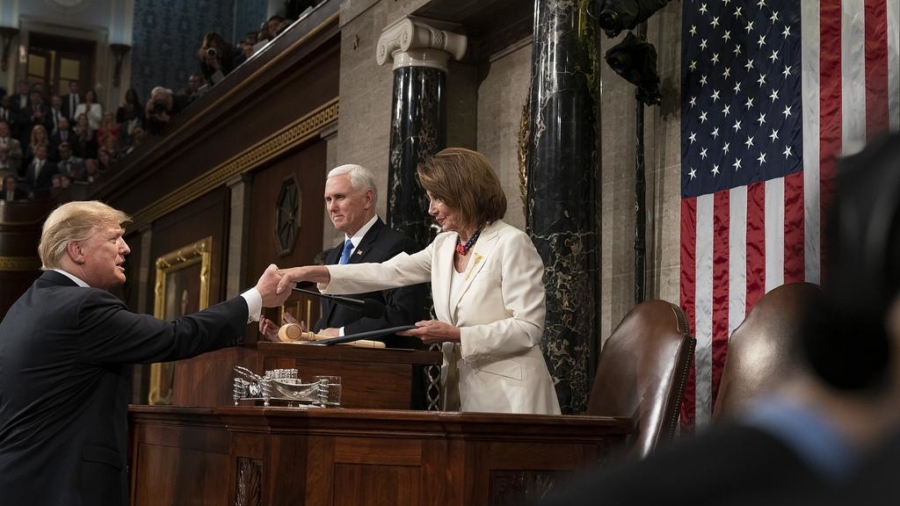Black bodies, young and old, are being cut down by blue hands. This has become the American Normal, an epidemic that many have been fighting to find a cure for. Black Lives Matter is the largest movement of today, potentially since the Panthers. Their aim is to establish equality in the Land of the Free, to show that freedom belongs to Black people also.
Since the abolition of slavery, our chains aren’t visible, but that doesn’t make them any less present. Our movements are restricted through racial profiling, generalizations, and a fear of police. The police force was formed to protect people from people by people. This force is comprised of people who go above and beyond to make our neighborhoods and cities safer to reside in. Lately, I have begun to question, safe from whom?
What determines someone is dangerous? Reaching for an ID which is being asked for? For having on a hoodie with the hood up? For demanding to know why they’re being detained? For resisting arrest? For being Black? While the reasons behind these deaths aren’t certain, in the last few years, the number of fallen Black bodies has been on the rise. Unarmed Black bodies. Unarmed Black bodies of young men and women, of fathers and mothers, of brothers and sisters.
People make mistakes of all proportions. We are all imperfectly human. What makes a person worth their salt is their ability and willingness to take responsibility for their mistakes.
We have to hold everyone to the same extent of the law, which includes law enforcement. Simply because they enforce the law does not mean that they are above it. When an officer is killed, the person or persons responsible for it are prosecuted to the fullest extent of the law. When a civilian is killed, sometimes the officer is fired, maybe they face jail time, but more often than not it feels as if everyone is getting off scot-free, with a slap on the wrist called an acquittal.
Antwon Rose II was seventeen when he and his friend Zaijuan Hester were pulled over for driving a car that fit the description of one that just did a drive by a mile and a half away. Why did they run after being pulled over? What Black boy in this America would sit still when they see the boys in blue in their rearview mirror? And that officer is White, which is, unfortunately, the common scenario for these wrongful deaths? Get away or die trying.
There was footage taken from an apartment window of the shooting. As discussed in court and what can be plainly seen, Rose and Hester were running. All of a sudden ex-Officer Michael Rosfeld was shooting. There was no pursuit, just three rounds echoing in the silence in East Pittsburgh. I watched this video at least twenty times, trying to see anything other than another unarmed Black body hitting the ground with injuries that proved fatal. Each time I jumped as the shots pierced through the air.
There were three people in the car that was seen in surveillance footage that fled from a drive-by shooting. When Rosfeld and his partner pulled the car over, it would make sense to wait for backup since there was no telling how the situation would unfold. It was a choice to engage the teenagers without waiting. It was a choice to not pursue Rose and Hester as they fled. It was a choice to shoot at them, and those three shots landing into Rose’s back. Rosfeld was charged with criminal homicide, which includes murder, voluntary manslaughter and involuntary manslaughter under Pennsylvania law, according to CNN.
As of March 22nd, 2019, Rosfeld was fully acquitted of all charges that could have been upheld. The nation, and especially Rose’s loved ones, are in uproar over the fact the jury’s deliberations lasted less than four hours. Rosfeld was given the proverbial slap on the wrist for murdering a teenage boy, like many others before him.
Race relations in America gets bleaker by the day. America shouldn’t be a battleground. Lives shouldn’t be lost due to itchy trigger fingers and bad snap judgments. We are losing our young people who will make a better tomorrow. While these lives cannot be revived, we can at least in their own effect positive change so that no more bodies join theirs in the statistic of Black lives lost as a result of police violence.
Similar Read: Dancing With the Devil… A Brooklyn Perspective on Gun Violence

